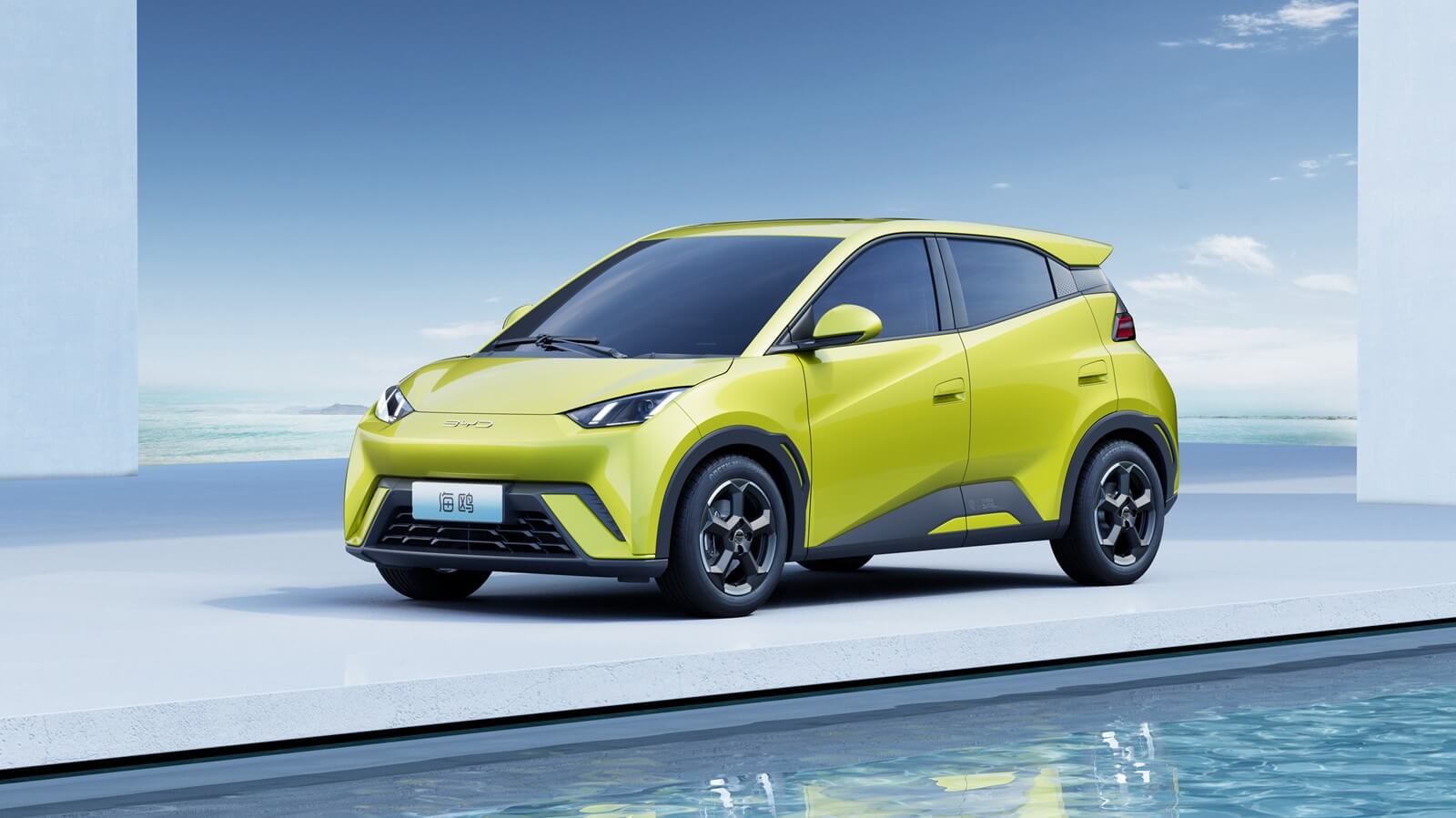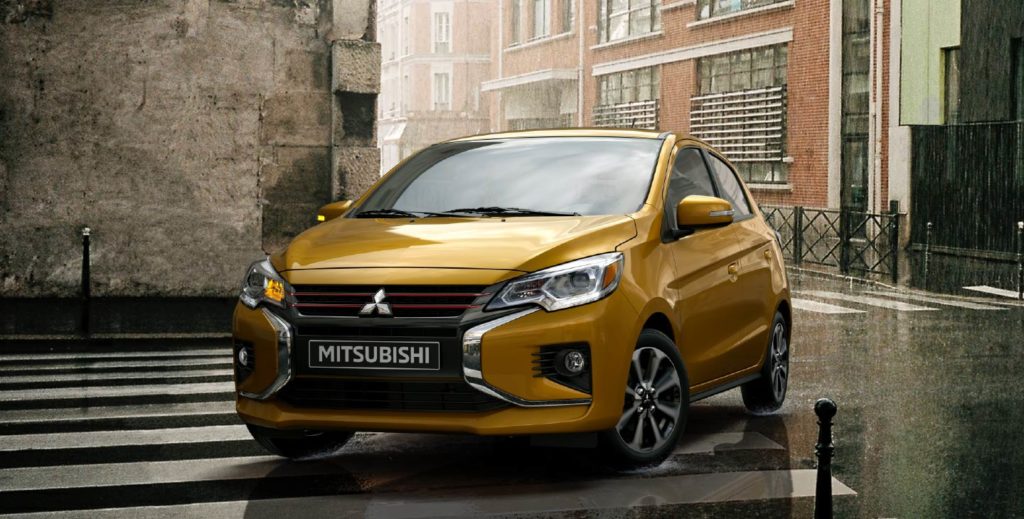It’s no surprise that Chinese electric vehicles undercut the price points of North American alternatives. To stave off the prospect of cheap EVs upsetting the car market here in the United States, the Biden Administration introduced substantial tariffs. However, critics say the tariffs could be anywhere from “poor leadership” to simply “not enough” to prevent cheap Chinese electric cars from challenging American alternatives.
Even with record-breaking restrictions, critics think the latest Chinese electric car tariffs are ineffective
Earlier this week, U.S. President Joe Biden and his administration levied 100% tariffs on Chinese electric cars among other imported goods. While the president asserts that the move is “intended to protect US jobs” from “unfair policies.” However, not everyone believes the move will be as beneficial as intended.
According to The Economist, the global trade system has benefited from a commendable decrease in worldwide tariffs. As such, the global GDP has increased threefold and then some. Tragically, critics state that President Biden’s latest tariffs have the potential to damage that growth.
Still, tariffs aren’t the only recent development with protecting North American-built EVs in mind. The U.S. Department of Energy restricts clean vehicle tax credit eligibility to vehicles with final manufacturing in North America. Not only does that restrict Chinese electric cars, but it also leaves European EVs out of the mix.

Shocking as it may seem, a 100% tariff may not be enough to block the importation of low-cost Chinese electric car models like the BYD Seagull, per CNBC. After all, the Seagull sells for the U.S. dollar equivalent of around $12,000 in the Chinese domestic market. Conversely, the most affordable EVs in the United States are around the $30,000 mark. For instance, the 2023 Chevrolet Bolt EV, one of the most affordable new EV options for American buyers, starts at $27,495.
Moreover, the tariffs don’t name Chinese imports in neighboring countries like Mexico. Consequently, we may see cheap EVs from Southeast Asia make their way into the United States via unconventional means.

